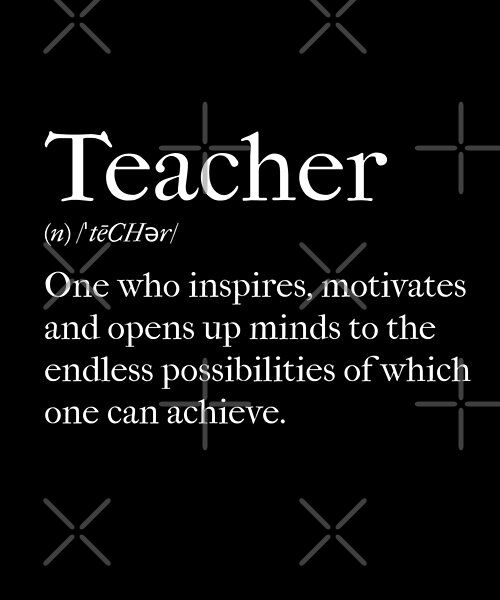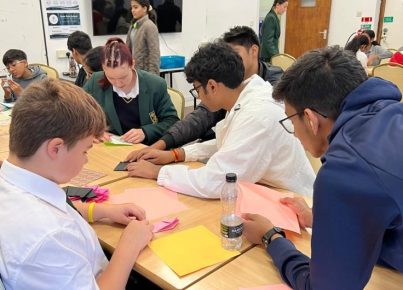We, as educators, stand at a critical juncture. We are entrusted with the crucial task of nurturing and empowering the next generation, and within that responsibility lies a deeply urgent message for those working with Black and other minoritized students.
The societal injustices experienced by these students, the systemic inequities they face, and the persistent stereotypes they navigate, all impact their educational journey. It’s crucial to understand that these experiences are not just external factors; they deeply shape a student’s identity, their self-esteem, and their academic performance.
Therefore, we must move beyond simply acknowledging these challenges. We must actively dismantle these systemic barriers, challenge implicit biases within ourselves, and cultivate learning environments that are truly inclusive and equitable.
This call to action extends to every facet of our work. It demands culturally responsive teaching, which involves integrating diverse perspectives and experiences into the curriculum, fostering classroom discussions that challenge racism and prejudice, and creating spaces where Black and minoritized students feel seen, heard, and valued.
It also requires trauma-informed practices, recognizing the potential impact of systemic oppression and trauma on students’ learning and behavior, and responding with empathy, understanding, and appropriate support.
Building trust and relationships is essential, establishing genuine connections with students based on respect and understanding. This creates a safe and supportive environment where students feel comfortable sharing their experiences and seeking help when needed.
Additionally, we must challenge implicit bias by actively engaging in professional development that unpacks our own unconscious biases and equips us with the tools to dismantle them within our classrooms and interactions with students.
This work is not easy, but it is essential. It requires constant self-reflection, a commitment to lifelong learning, and a deep understanding of the lived experiences of Black and minoritized students. By embracing this call to action, we can create educational environments that truly support the success and well-being of all students, regardless of race, ethnicity, or background.





